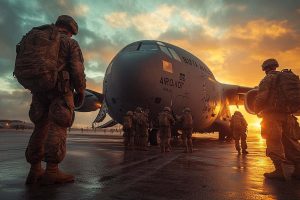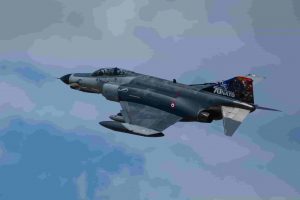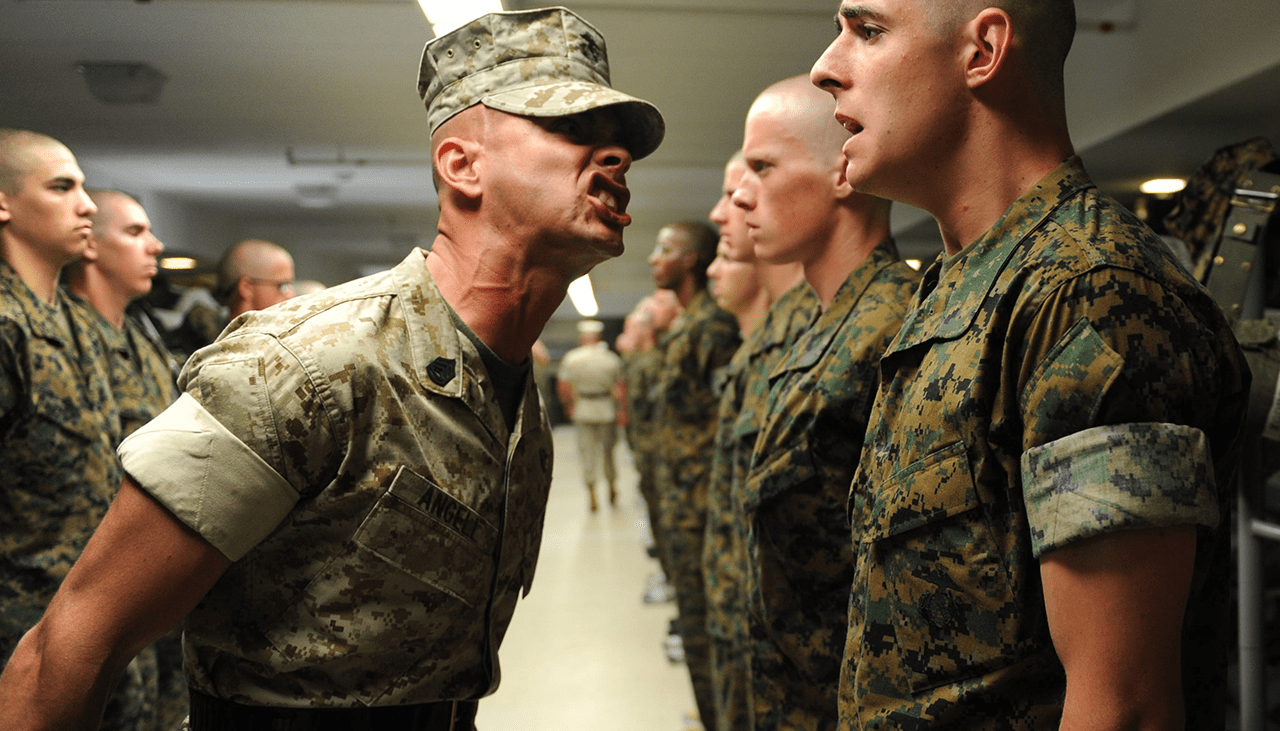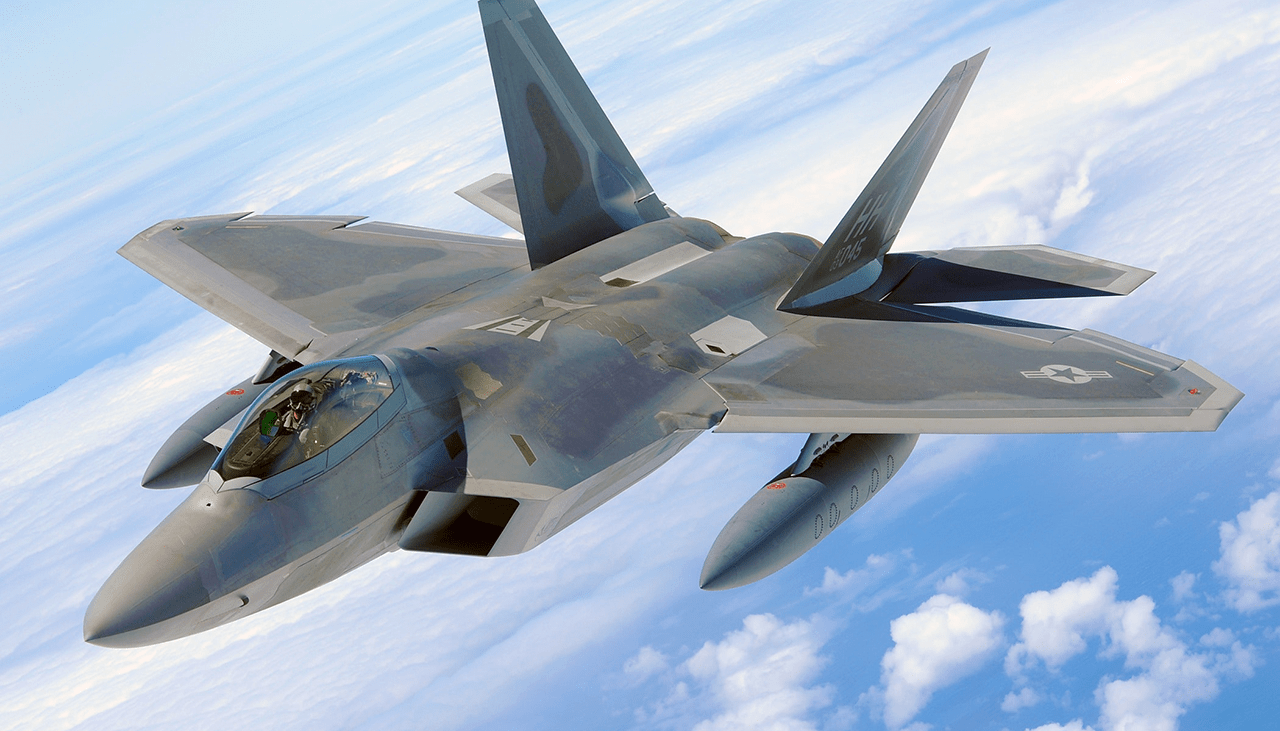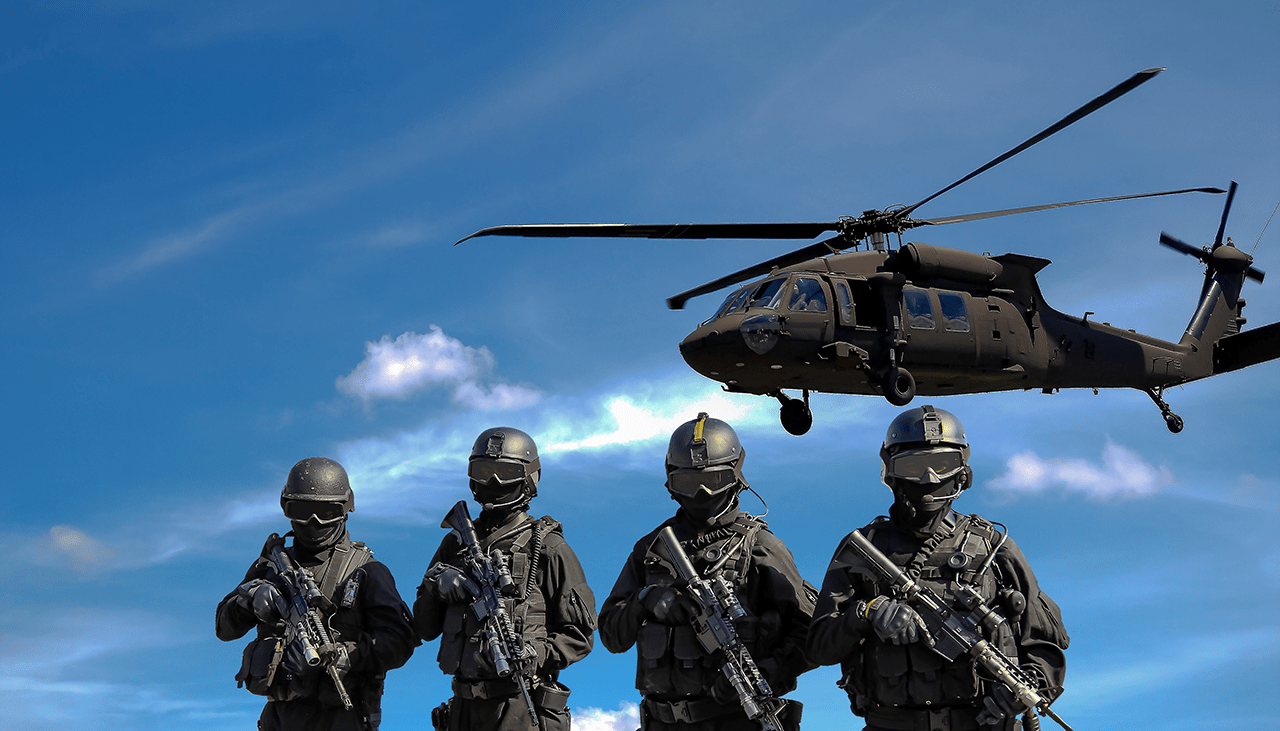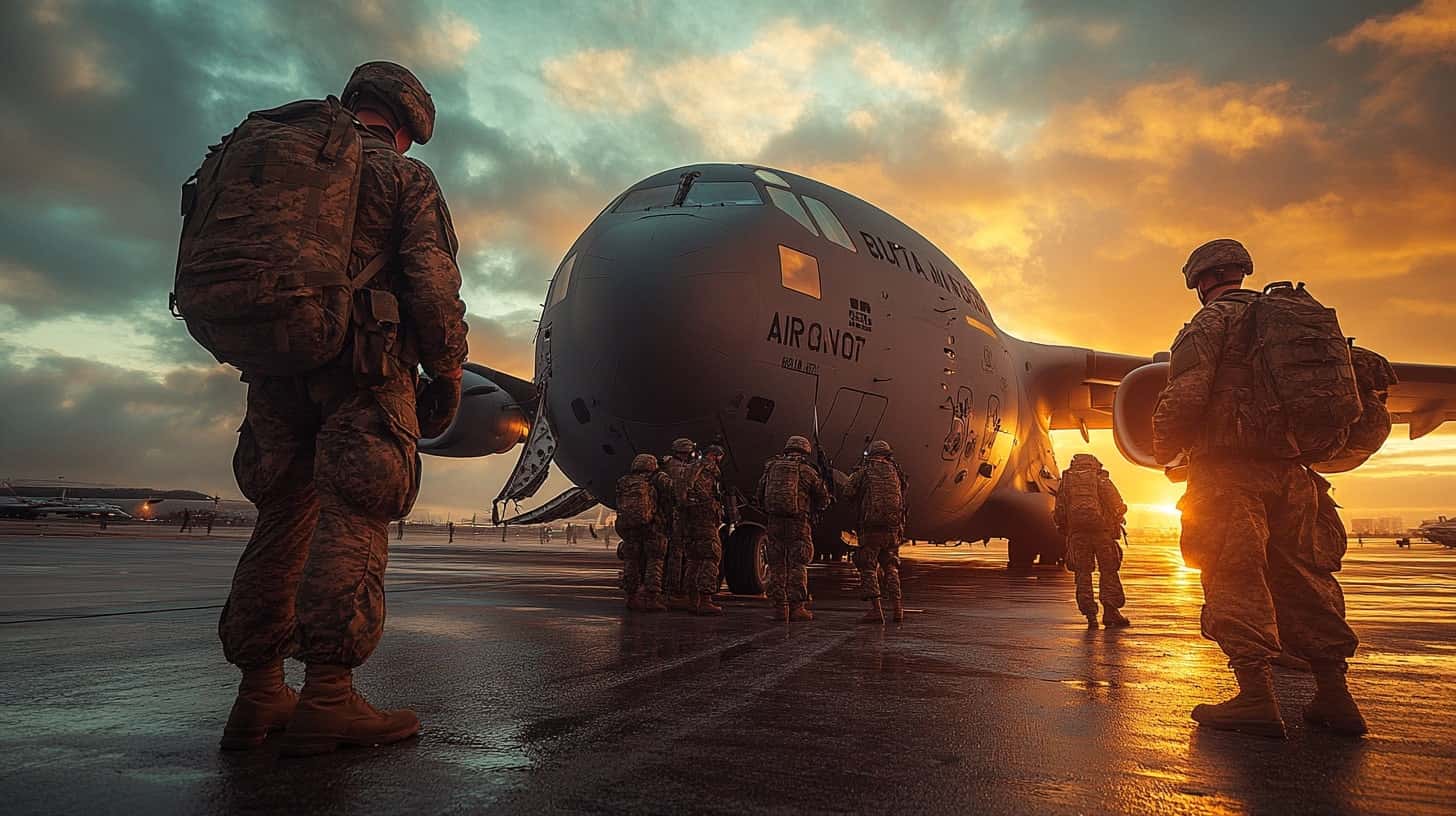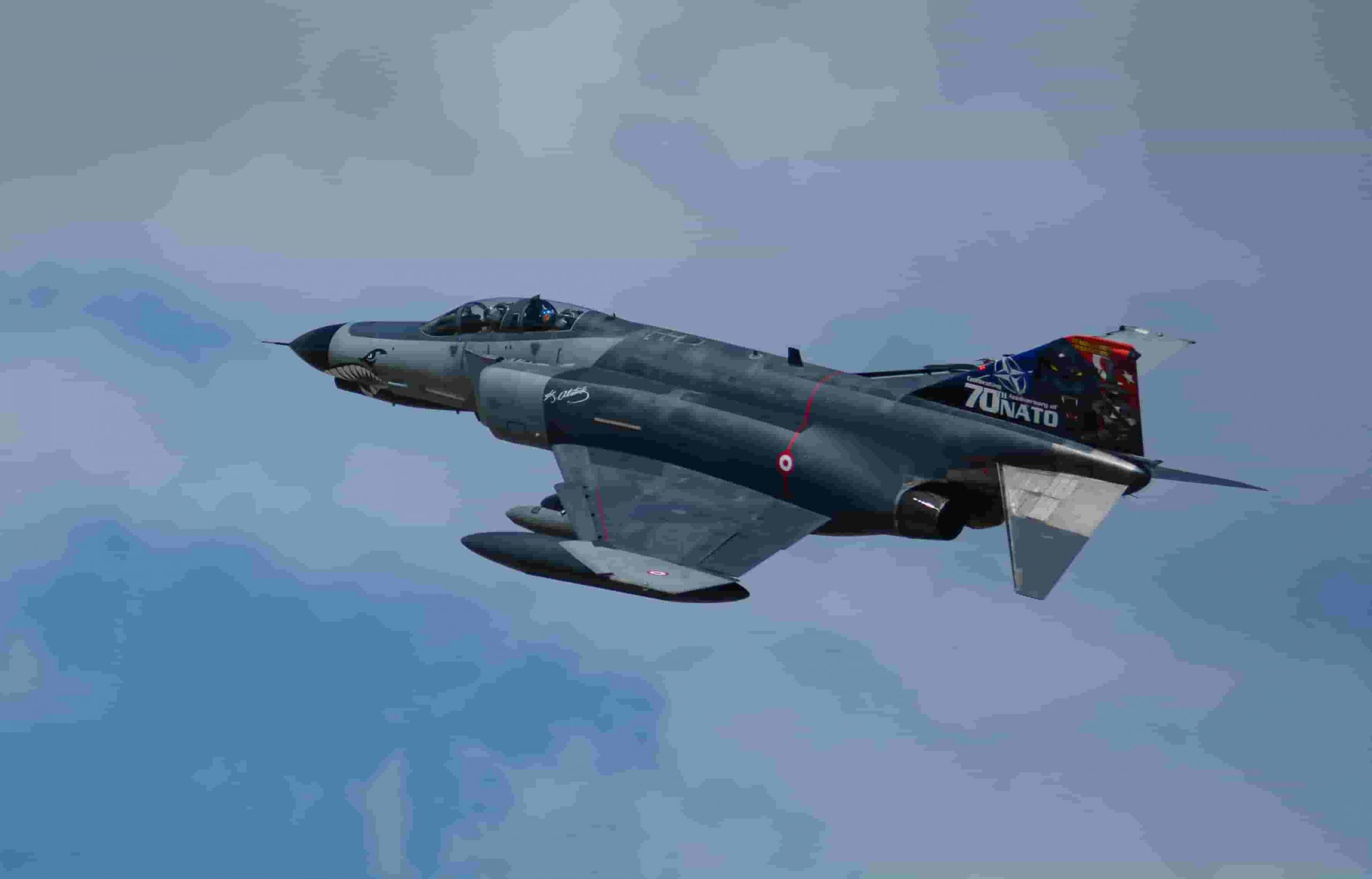When President Franklin D. Roosevelt announced his plan to create an Allied Airborne Army as part of the buildup for World War II, few understood the monumental task that would be entailed in preparing and executing a successful D-Day invasion. But behind closed doors and beneath the radar, several ambitious individuals were busy concocting plans that would arguably come to define the allied victory against Nazi Germany – what has been deemed Wings of Victory. In this blog post, we’ll delve into a fascinating look at the little-known story of how Allied airborne forces prepared themselves for their daring attack on German troops on June 6th, 1944 – better known as D-Day.
The Allies’ Plan of Attack – Understanding the strategy behind the Allied forces on D-Day
The Allies’ plan of attack for D-Day was to launch a massive invasion on Normandy, France to break through Hitler’s Atlantic Wall and liberate Europe from Nazi control. This strategic assault was made up of five different phases – sea landings by soldiers, beach landings by airborne troops, air drops behind the enemy lines, a bombing campaign by air forces, and an inland push toward Paris. The Allied forces were comprised of British, American, and Canadian divisions that had been training separately for months before the mission.
Training and Equipment – Learn about the rigorous training and preparation required for success
To carry out their plan successfully, every soldier involved in the mission underwent months of intense physical conditioning and tactical training. This included practice jumps from actual airplanes onto target areas, learning how to use various types of weaponry, and even field simulation exercises. In addition to their training, the airborne divisions were outfitted with new equipment including newly designed lightweight parachutes and backpacks that were specially constructed for the mission.
The Airborne Divisions – Uncovering the elite airborne divisions that were crucial to the invasion’s success
The Allies’ plan relied on highly specialized airborne divisions comprised of British, American, and Canadian soldiers who had been trained in parachute assault tactics. These brave troops leaped from planes flying at altitudes as high as 10,000 feet to penetrate deep into enemy territory during their surprise attack on D-Day.
Parachuting Into Normandy – Discover how paratroopers made a daring entrance into France
The Allied airborne forces used modified C-47 transport planes to parachute their troops deep behind enemy lines on June 6th, 1944. The mission was incredibly risky as the divisions had to jump from altitudes up to 10,000 feet to land directly onto German artillery positions and cut off supply routes in preparation for the beach landings occurring concurrently with their mission.
Risky Missions – Explore why some of the most daring missions were necessary for victory
In addition to parachuting into enemy territory, Allied soldiers were tasked with several other dangerous missions including destroying bridges and railways that were being used by the Germans to move supplies and personnel. These missions were vital for the success of the Allied forces as they allowed them to cut off supply lines and gain an advantage in battle.
Aftermath of D-Day – Examine how this pivotal event changed history and contributed to Allied victory in World War II
The successful landings on Normandy’s beaches ultimately led to a decisive victory for the Allies, bringing an end to the Nazi occupation of Europe and ultimately leading to Allied victory in World War II. The airborne divisions played a crucial role in this effort, making their daring jumps under incredibly dangerous conditions to turn the tide of war. The bravery displayed by these soldiers has since become legendary, and their sacrifice will never be forgotten.
Conclusion
The Allied airborne divisions played a crucial role in the success of D-Day, and their courage and sacrifice should never be forgotten. Through months of rigorous training and preparation, these brave soldiers were able to carry out some of the most daring missions of World War II, ultimately leading to an Allied victory and changing the course of history forever.

